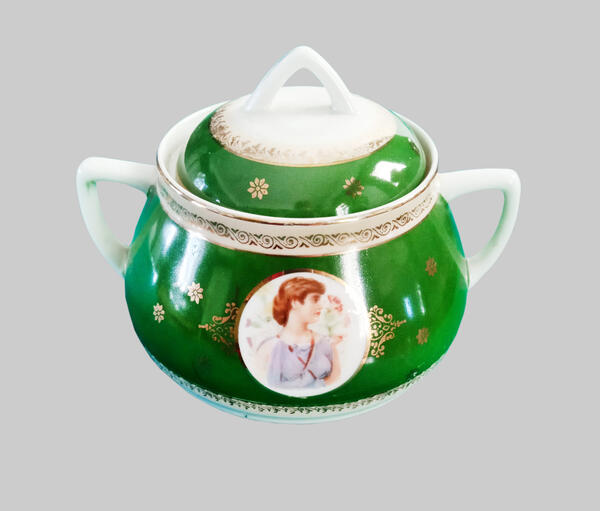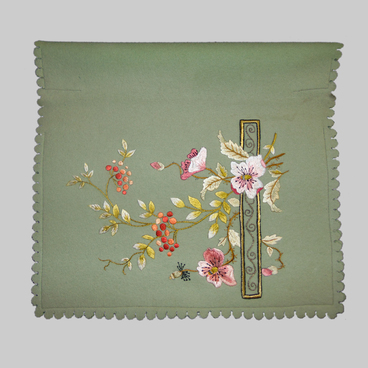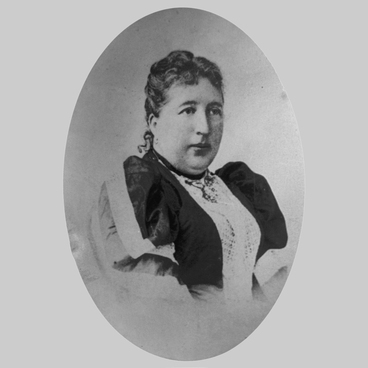In the first half of the 19th century, the writer Sergei Timofeevich Aksakov became famous not only for important achievements in literary and social activities, but also for the fact that he collected the brightest minds of the era in his family nest. Combining his brilliant education with the warmest responsiveness, he organized such representative intellectual meetings that they were compared with prominent circles and 19th century salons. The children and grandchildren of Sergei Timofeevich managed to preserve the traditions of the exceptional hospitality of the Aksakov family.
You can’t imagine receiving guests without having tea and a special ceremonial china, the appearance of which could become the subject of social conversation. In the large sitting room, there is a china set made at the beginning of the 20th century at one of the enterprises of the M.S. Kuznetsova porcelain and faience production Comradeship. The sugar bowl is an indispensable tea time attribute. This sugar bowl, made in delicate white-green-gold tones, has a floral arrangement on one side, and a pastoral woman’s portrait on the other. It also has a lid and curving handles.
This china could have looked completely different or even foreign, if not for the figure of Terenty Kuznetsov. Although the founder of the future porcelain empire was still his father, Yakov Kuznetsov, it was Kuznetsov Jr. who organized the Dulevo porcelain factory in the Vladimir province (now it is located in the Moscow region). Subsequently, the products of this factory became famous throughout the Russian Empire and were named Dulevo porcelain. Moreover, the company survived the Soviet regime, the war, the collapse of the USSR and continues to operate even to this day.
Later, Dulevo porcelain factory became one of the main enterprises of the Kuznetsov Partnership. By the end of the 19th century, Kuznetsov porcelain had become as common and popular as, for example, Vologda butter. In the early 20th century, the Partnership was honored one of the most honorary titles of Russian trademarks: the Supplier of the Court of His Imperial Majesty. At that time, this title was held by no more than 30 to 40 companies, which also included several European manufacturers.
You can’t imagine receiving guests without having tea and a special ceremonial china, the appearance of which could become the subject of social conversation. In the large sitting room, there is a china set made at the beginning of the 20th century at one of the enterprises of the M.S. Kuznetsova porcelain and faience production Comradeship. The sugar bowl is an indispensable tea time attribute. This sugar bowl, made in delicate white-green-gold tones, has a floral arrangement on one side, and a pastoral woman’s portrait on the other. It also has a lid and curving handles.
This china could have looked completely different or even foreign, if not for the figure of Terenty Kuznetsov. Although the founder of the future porcelain empire was still his father, Yakov Kuznetsov, it was Kuznetsov Jr. who organized the Dulevo porcelain factory in the Vladimir province (now it is located in the Moscow region). Subsequently, the products of this factory became famous throughout the Russian Empire and were named Dulevo porcelain. Moreover, the company survived the Soviet regime, the war, the collapse of the USSR and continues to operate even to this day.
Later, Dulevo porcelain factory became one of the main enterprises of the Kuznetsov Partnership. By the end of the 19th century, Kuznetsov porcelain had become as common and popular as, for example, Vologda butter. In the early 20th century, the Partnership was honored one of the most honorary titles of Russian trademarks: the Supplier of the Court of His Imperial Majesty. At that time, this title was held by no more than 30 to 40 companies, which also included several European manufacturers.



